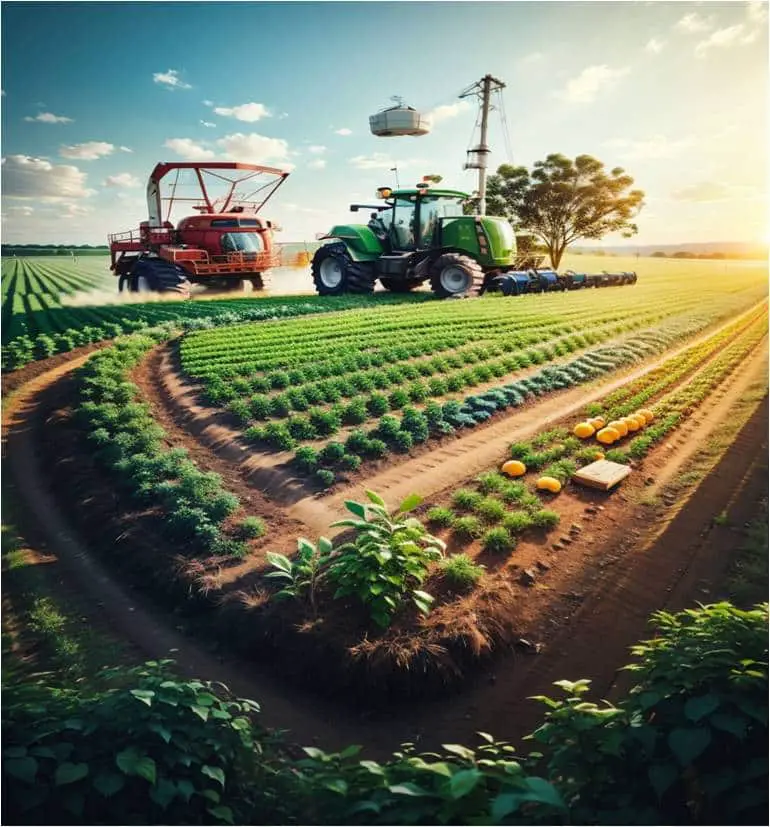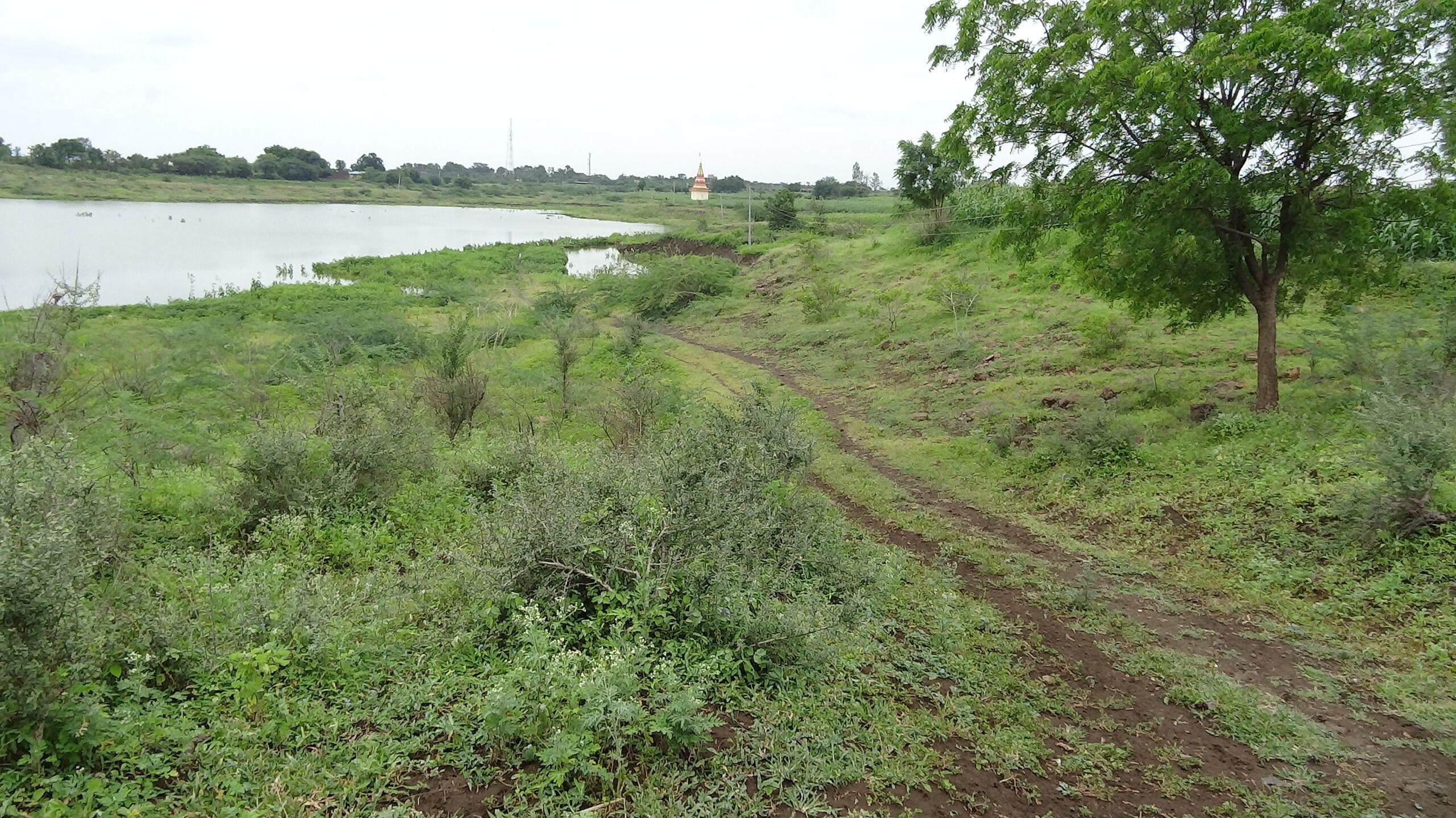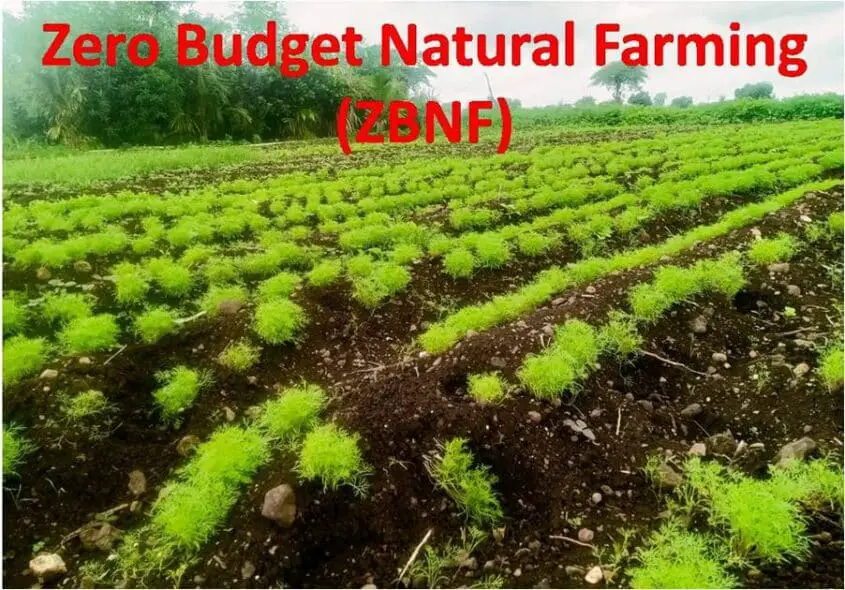Urban Farming: Urban farming is gaining momentum as more people embrace the idea of cultivating their own food, even in the confines of limited spaces. Whether you have a tiny balcony, rooftop, or a small backyard, there are innovative ways to turn it into a productive urban farm. Let’s explore some practical tips to help you get started on your journey of growing food in small spaces.
Urban Farming Tips:
Urban farming encourages sustainability and self-sufficiency and is more than simply a fad. The idea of growing your own fruits and vegetables has gained popularity in busy cities. Even if you don’t have much room, there’s nothing quite like picking fresh food just outside your door. Here are some tips for growing your own food in a small spaces.
Think vertically: Instead of using traditional rows, utilize hanging planters, trellises, and wall-mounted pockets to create vertical gardens. This allows you to grow more plants in less space.

Container gardening: Use containers of various sizes and shapes to grow vegetables, herbs, and even small fruits on balconies, patios, or rooftops.
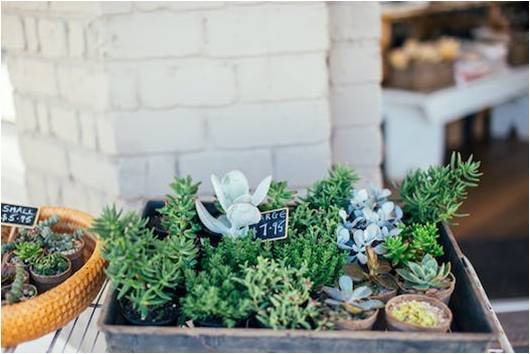
Square foot gardening: Divide your planting area into one-foot squares and plant different crops in each square. This method maximizes space and allows you to grow a variety of plants.

Raised beds: Build raised beds to improve drainage and soil quality, even in limited space. You can customize the size and height of your raised beds to fit your specific needs. Raised beds
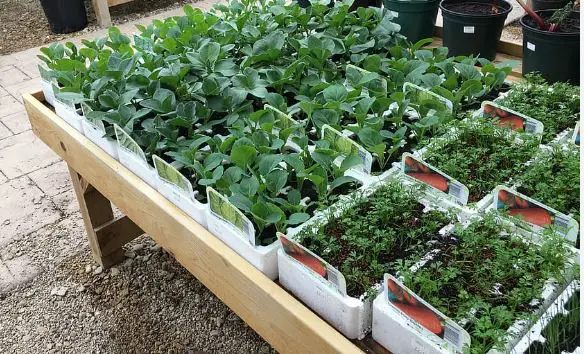
Choose the Right Plants:
Select compact varieties: Opt for dwarf or bush varieties of vegetables and fruits that take up less space.
Focus on fast-growing crops: Choose vegetables and herbs that mature quickly, allowing you to harvest multiple times throughout the season.
Interplant crops: Utilize companion planting techniques to grow compatible plants together, maximizing space and deterring pests.
Optimize Your Growing Conditions:
Consider Space and Sunlight: Evaluate the available space and sunlight in your urban setting before selecting plants. Pay attention to the amount of sunlight your space receives and choose plants accordingly. Some plants thrive in full sun, while others prefer partial shade.
Watering: Water your plants regularly, but avoid overwatering, which can lead to root rot.
- Efficient Watering Methods: Watering is crucial in urban farming. Employ efficient watering methods such as drip irrigation or self-watering containers to conserve water and keep your plants hydrated.
- Avoiding Overwatering: Be mindful of overwatering, as it can lead to root rot and other issues. Learn to gauge your plants’ water needs and establish a consistent watering schedule.
Soil: Use high-quality potting mix or compost to provide your plants with the nutrients they need. The high-quality soil to provide essential nutrients for your plants. Consider organic soil mixes for a healthier and more sustainable urban farm.
Organic Fertilizers for Urban Farming: Opt for organic fertilizers to nurture your crops without the use of harmful chemicals. Create a nutrient-rich environment for your plants to thrive.
Additional Tips:
Start small: Don’t try to grow too much at once. Begin with a few manageable plants and expand your garden as you gain experience.
Compost: Turn kitchen scraps and yard waste into compost to enrich your soil and reduce waste.
Attract pollinators: Plant flowers that attract bees and other pollinators to help your crops flourish.
Get creative: There are endless possibilities for urban farming. Don’t be afraid to experiment and find what works best for you.
Benefits of Urban Farming
Access to Fresh Produce: One of the primary advantages of urban farming is the immediate access to fresh, organic produce. Say goodbye to store-bought vegetables with questionable origins and embrace the satisfaction of picking your own ripe tomatoes or crisp lettuce.
Sustainable and Eco-Friendly: Urban farming promotes sustainability by reducing the carbon footprint associated with transporting produce from farms to cities. Additionally, many urban farmers employ eco-friendly practices such as composting and rainwater harvesting.
Community Building: Engaging in urban farming often leads to stronger community bonds. Shared gardening spaces and collective efforts to beautify urban environments create a sense of camaraderie among neighbors.
Conclusion
In conclusion, urban farming is not just a practical solution for growing your own food; it’s a lifestyle that fosters sustainability and community building. By implementing the tips discussed here, you can turn even the smallest urban spaces into thriving gardens, reaping the benefits of fresh produce and a closer connection to nature. With a little planning and creativity, you can grow a bountiful harvest of fresh food even in the smallest of spaces. Happy urban farming!
FAQs
- Can I practice urban farming without prior gardening experience?
- Absolutely! Urban farming is accessible to beginners, and there are plenty of resources to guide you.
- How much time does urban farming require on a daily basis?
- The time commitment varies, but with efficient planning, you can manage an urban farm with minimal daily attention.
- Are there specific crops that are easier to grow in small spaces?
- Yes, herbs, lettuce, and cherry tomatoes are excellent choices for small-space urban farming.
- Can I use recycled materials for DIY urban farming projects?
- Yes, many urban farmers repurpose materials like pallets and containers for their projects.
- Is it possible to practice urban farming in apartment settings?
- Absolutely! Vertical gardening and container gardening make urban farming feasible in apartments.









